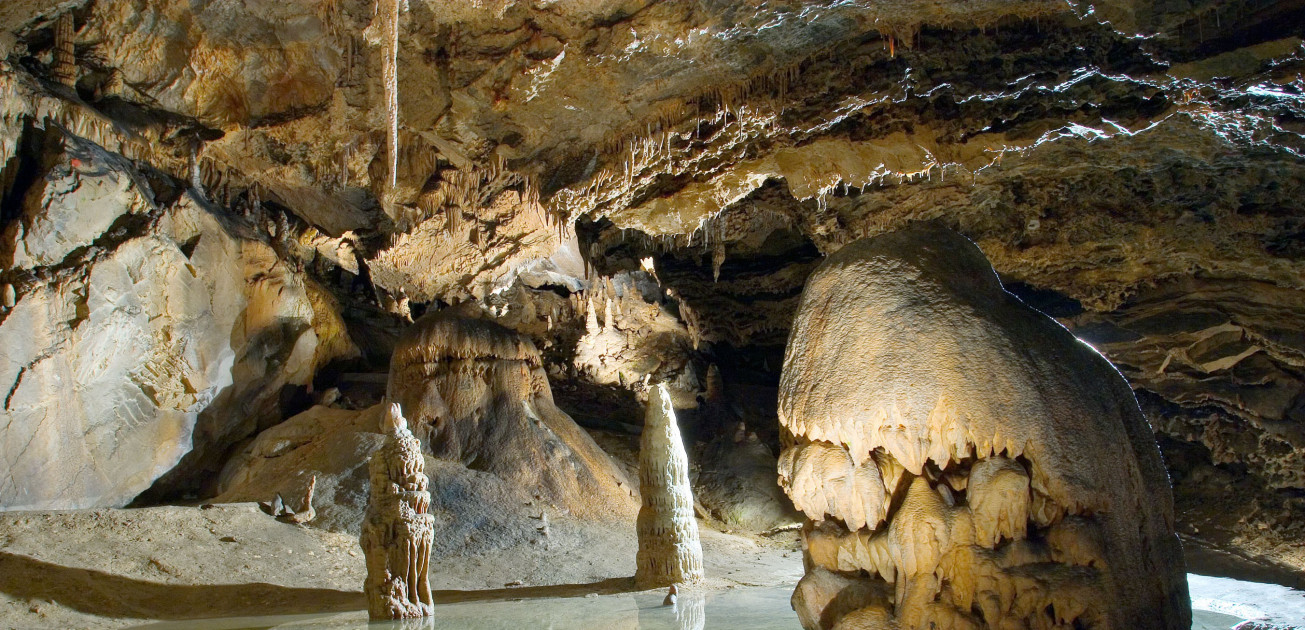


"Our world’s caves are places of wonder, mystery and majestic beauty. Show caves around the world are embracing their role in protecting and preserving caves and providing a place for people to learn about these special, natural, cultural and historical resources.
Show caves also play another important nature tourism role of sustainable economic development, providing jobs, and helping the economy of their regions.”
Gaps exist in our understanding of how tourism development affects natural World Heritage Sites, including the nature and extent of different types of impacts from tourism in and around sites, and the underlying reasons for these. The aim of this study is to examine the aforementioned gaps in order to support the development of sustainable tourism in natural World Heritage Sites.Through an increased understanding of the risks and opportunities associated to tourism development and growth in World Heritage, this study hopes to encourage tourism development that while protecting the integrity of the site, also brings income generation opportunities for local communities associated with World Heritage Sites, offers financial and other support for the conservation of the sites, and contributes to visitors’ awareness about the values of nature.
| Resource name: | Sustainable tourism and Natural World Heritage - IUCN |
|---|---|
| Type of resource: | Article |
| Author(s): |
Borges Maria Ana |
| Keywords: | Sustainable tourism and Natural World Heritage - IUCN Priorities for action |
| Category: | Tourism |
| Page from: | 0 |
| Page to: | 0 |
Table of Contents
ACKNOWLEDGEMENTS ..................................................................................................... 2
1. Introduction: World Heritage and tourism....................................................................... 3
2. Methodology ..................................................................................................................5
3. Tourism driven impacts on natural World Heritage......................................................... 7
3.1 Negative impacts (Threats) ................................................................................................. 8
3.2 Positive impacts (Opportunities) ...................................................................................... 10
4. Attaining sustainable tourism ....................................................................................... 11
4.1 Understanding the context ................................................................................................ 11
4.2 Planning for tourism ........................................................................................................... 11
4.3 Governance of tourism ...................................................................................................... 12
4.4 Stakeholder involvement in site governance and management ................................. 14
4.5 The role of the private sector ............................................................................................ 14
4.6 Making use of effective communication tools to add value to a site .......................... 15
5. Conclusions and Recommendations............................................................................ 17
6. Implications for further studies ..................................................................................... 18
7. References .................................................................................................................. 20
Appendix I: Criteria for the assessment of Outstanding Universal Value ............................. 21
Appendix I: Criteria for the assessment of Outstanding Universal Value ............................. 21
Appendix II: Detailed information on the case study sites.................................................... 22
Appendix III: Proposed Principles for Sustainable Tourism at World Heritage Properties.... 28
Appendix IV: Survey questions for follow up study .............................................................. 29